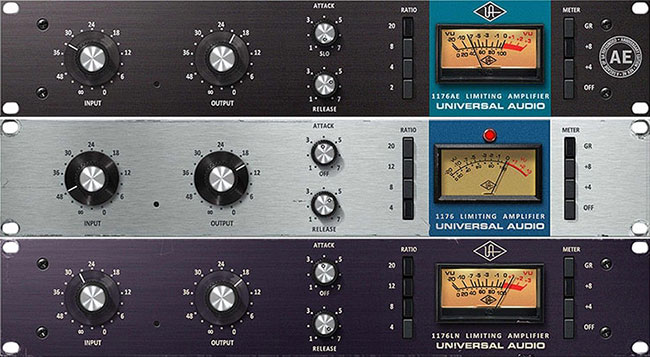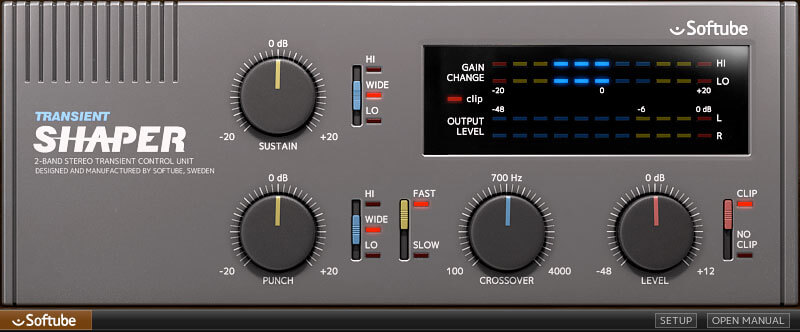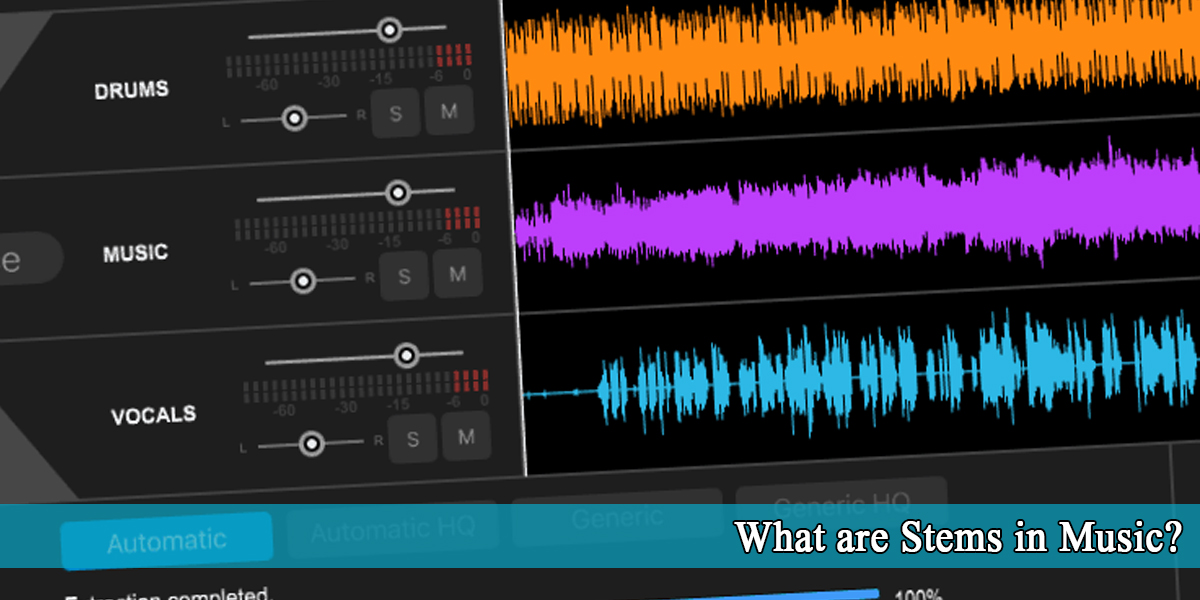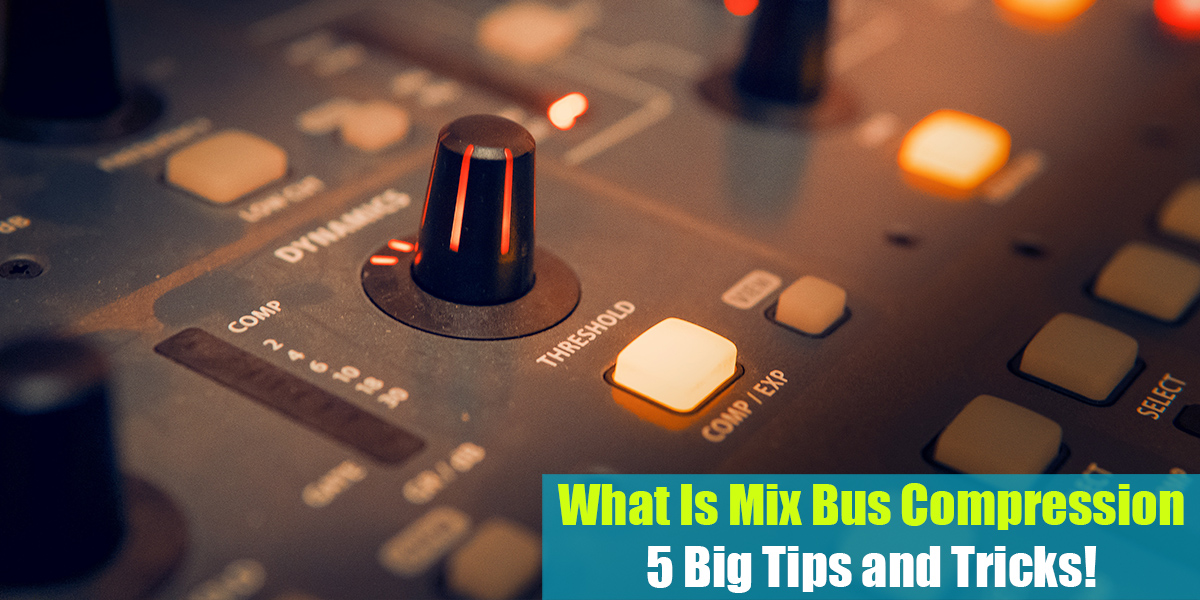Snare Mixing Techniques
Intro
Snare drums. They’re often a key part of any song. But they also have a reputation for being tricky when it comes to blending into the mix. You might be mixing a track and, for whatever reason—whether it’s the tone, dynamics, performance, or something else—the snare just doesn’t fit in with the rest of the music. It feels separate. Detached. Like it’s sitting on top, almost in its own little world.
Usually, we reach for the typical tools like volume, EQ, and compression to help the snare settle into the track. But there are also other fun and creative techniques you can use to solve this problem. Here are some of my favorite solutions, in no particular order.
Compression
Threshold and Ratio parameters control the quantity of compression applied. Attack and Release manage the attack, tail, tone, and feel of the snare drum.
For contemporary rock and metal snare drum sounds, it’s regular to compress it a good bit. However, don’t go overboard with it: we’re nonetheless going to use a maximizer and parallel compression to it afterward.
Quick Attack Much fewer Transients / Preliminary Attack
Slow Attack Extra Transients / Initial Attack
Quick Release Extra Tail / Body
Slow Release Much less Tail / Body
You must attempt to protect a number of the snare’s transients by having an average attack time. Afterward, you’ll add parallel compression with a really quick attack and release time, to enrich the compression you have got on this snare track.
Rewritten:
Threshold and Ratio settings determine how much compression is applied. Attack and Release control the attack, sustain, tone, and overall feel of the snare drum.
For modern rock and metal snare sounds, it’s common to use a fair amount of compression. However, don’t go overboard—remember, you’ll still be using a maximizer and parallel compression later on.
- Fast Attack: Fewer transients or initial attack
- Slow Attack: More transients or initial attack
- Fast Release: More tail or body
- Slow Release: Less tail or body
You should try to preserve some of the snare’s transients by using a moderate attack time. Later, you can add parallel compression with a very fast attack and release to complement the main compression on the snare track.

EQing
A snare’s quality can be completely transformed during the EQ process—it can be elevated and made to stand out, or it can be ruined if handled poorly. It takes a trained ear to know exactly where your snare should sit in the mix, meaning which frequency ranges it should occupy to blend best with the rest of the song. Here’s a breakdown of the basic frequency components of a standard snare sound:
Pulse, 200 Hz: Often called the body, this is the low end of the snare—the part that really hits you in the chest. The best place to get a clear, powerful pulse from your snare drum is in the 200–400 Hz range.
Smack, 2 kHz: This is the “smack” of the snare, sometimes referred to as the bang or the crack. Ideally, it should work closely with the pulse to help the snare sit well in the mix. Most of this sound is found around the 900 Hz–2 kHz range. When boosting the smack, use a narrower bandwidth to focus on it without crowding the busy mid-range.
Stereo Imaging
Usually, just widening the snare a bit or reducing the center information can help tuck it nicely into the mix. Like distortion, I see this as a “line-blurring” technique too. I’ll insert any number of great widening plugins directly onto the channel—Ozone Imager (FREE!), SPL Vitalizer MK2-T, or bx_stereomaker are all excellent choices.
Once I’ve loaded up the plugin, I simply push the width until I hear the snare sit better in the mix. If you have a multi-band imager, it can be really effective to just widen the top or mids and leave the bottom mono for more punch.
A nice variation is to use a stereo delay, either inserted directly or on a send, and gently blend in a super short stereo delay. This is one of my favorite snare mixing tricks because it really helps the snare stand out.
Transient shaping
The next method we’ll cover is manually enhancing waveforms. First, zoom in on the snare’s waveform and take a close look. You might notice the tail of the snare is a bit too loud for your style. Simply select that part of the waveform and lower the volume.
After making the adjustment, listen carefully to make sure there aren’t any clicks or pops during playback. Manually enhancing waveforms can really tighten up your sound, and best of all, you don’t need any fancy plugins to do it.

Snare in overheads
Usually, the snare drum mic isn’t what gives the snare its real character. The same goes for other drums. Focus first on making your overheads sound as good as possible—aim for the best-sounding overheads you’ve ever heard.
Only after that should you bring in the individual mics to enhance your drums. If the snare already sounds great in the overheads, you’ve already won half the battle.
Snare Drum Tuning
Have you ever heard of drum tuning? I once wrote a tutorial about tuning drums on my old music production blog, but I’ll be putting together a new one for this blog soon.
Tuning a snare drum is especially important because it helps the pitched elements blend smoothly in the mix, particularly in the low frequencies. I hope these 6 steps will help you with snare mixing techniques that are essential and shouldn’t be overlooked.






